13 CES 2024 award-winning assistive tech innovations for healthcare professionals to know about

A glove that stabilises hand tremors, a smart belt that helps people with vision impairments to navigate the environment around them, and an adaptable modular robot finger for people with upper-limb disabilities have all been commended at the prestigious CES 2024 Innovation Awards.
Taking place annually, the Consumer Electronics Show (CES) is one of the largest global stages for companies to showcase their latest and greatest technology innovations. The show covers a wide variety of sectors including automotive, robotics, gaming, wearables, sports technology, and accessibility. CES is organised by the Consumer Technology Association (CTA).
CES Innovation Awards is an influential annual competition honouring outstanding design and engineering in technology products across a broad range of categories.
There are two levels of honourees among the product categories:
- Honoree: The top-scoring products in each category
- Best of Innovation: The highest-rated products across all categories
Below, AT Today has highlighted the assistive technology Honorees and Best of Innovation award winners in the ‘Accessibility & Aging Tech’ category at the CES 2024 Innovation Awards for healthcare professionals to be aware of.
 1. GUIDi by AI Guided
1. GUIDi by AI Guided
Honoree
Made by AI Guided, GUIDi is an AI-powered smart belt to help visually impaired people navigate the world around them. It works independently of the internet and GPS.
The device works with dual wide-angle cameras, a customised edge AI module with sensor integration, a haptic navigation system, and voice command. The accompanying mobile app features voice command support and over-the-air updates, ensuring continuous improvement.
 2. GyroGlove by GyroGear
2. GyroGlove by GyroGear
Honoree
The GyroGlove features a high-performance gyroscope, which instantaneously stabilises hand tremors, resulting in restoration of quality of life. This assistive technology is designed for everyday use. GyroGear believes this is the first mechanical gyroscope medical device.
3. EyeCane by Cellico
 Honoree
Honoree
The EyeCane by Cellico is an assistive technology solution for age-related macular degeneration (AMD). The condition causes degeneration of the vision, which can make everyday activities like reading and recognising faces difficult.
EyeCane is designed to help people with AMD rediscover lost vision. The smart glasses use a 4K camera and mobile app to capture video, process it, and display it back to the user in real-time. Clear, live images are moved from their impaired area to their viewable peripheral area, enabling sight.
 4. Dot Canvas by Dot
4. Dot Canvas by Dot
Honoree
Dot Canvas is a Dot Pad-optimised service that allows blind people or those with vision impairments to create, edit, and access tactile images and multi-line braille. Dot Pad is a tactile display with 2400 pins for tactile graphics and braille.
All content that is created into tactile can be edited immediately and shared with multiple users with one connection. Dot Canvas provides creation tools such as draw, paint, AI-based image transformation, PDF translation, textbox, and different templates. It also comes with a Dot Cloud system where users can save their images and share them with other blind users.
 5. Wheely-X by Kangsters
5. Wheely-X by Kangsters
Honoree
Wheely-X is an innovative wheelchair treadmill that empowers users to utilise their own wheelchair while taking part in interactive games, fostering physical fitness and cognitive health. Personalised workouts enhance endurance, strength, and flexibility while stimulating games boost memory, focus, and problem-solving abilities. The wheelchair treadmill is designed for use anywhere.
 6. Mand.ro Mark 7D by Mand.ro Co.
6. Mand.ro Mark 7D by Mand.ro Co.
Best of Innovation
The Mand.ro Mark 7D is a highly adaptable modular robot finger that is designed to meet the needs of individuals with upper-limb disabilities. This solution has been systematically engineered to accommodate both partial hand impairments and a wide range of upper-limb amputations.
7. Naqi Neural Earbuds by Naqi Logix
 Honoree
Honoree
The Naqi Neural Earbuds allow users to command, control, and navigate computers, digital devices, smart home IoT devices, robots, and wheelchairs without voice, touch, screens, or cameras. They can control almost anything digital.
The neural earbuds create a new silent and invisible input methodology for elderly and disabled people. They are a safe, non-invasive alternative to brain implants.
 8. BraillePlus by CREAMO
8. BraillePlus by CREAMO
Honoree
BraillePlus is a toy block play-based digital braille learning assistive tool that enhances braille skill and digital literacy easily and in a fun way during block play activities for visually impaired individuals.
 9. OOrion app by OOrion
9. OOrion app by OOrion
Honoree
OOrion is a specialised mobile app for visually impaired individuals, assisting them in identifying, locating, and navigating elements such as objects and text in their surroundings. It uses image recognition algorithms and does not require any other equipment than a simple smartphone’s camera. It operates offline and is compatible with Siri and VoiceOver, the iPhone’s screen reader.
The app is currently available for free on the App Store, with future plans to expand its availability to other mobile devices.
 10. Whispp by Whispp
10. Whispp by Whispp
Honoree
Whispp’s AI Assistive Voice Technology and Calling App converts whispered speech (people who stutter severely speak relaxed and much more fluent while whispering) and vocal cord-impaired speech (throat cancer, vocal cord paralysis, ALS) into a person’s natural voice, in real-time. With the Whispp app, the user can reach anyone they want on their mobile or fixed number. The other person does not have to download the app.
 11. Genesis AI by Starkey
11. Genesis AI by Starkey
Honoree
Genesis AI is Starkey‘s newest hearing aid that incorporates advanced AI. The hearing aids make over 80 million adjustments per hour, automatically. They further offer a new processor, new sound, new design, and new fitting software for the wearer.
12. WIM by WIRobotics
 Honoree
Honoree
WIM is a lightweight, wearable robot that facilitates greater mobility. It provides safe and powerful assist force by analysing the user’s gait in real time. The assistive robot has a compact non-restrictive design, which allows for free and natural walking motions.
WIM helps the user exercise by producing resistance force comparable to walking in water. Additionally, the device’s AI coaching program analyses the user’s long-term musculoskeletal data and reinforces walking performance.
 13. XanderGlasses by Xander
13. XanderGlasses by Xander
Honoree
XanderGlasses are wearable assistive technology for people with severe hearing challenges. They substitute “sight for sound,” enabling those who are unable to hear speech to understand conversations.
The glasses combine microphones, processors, and AR displays to transcribe speech to text and instantly project accurate captions into the wearer’s field of view. They do not require a cloud connection and work wherever people need them.


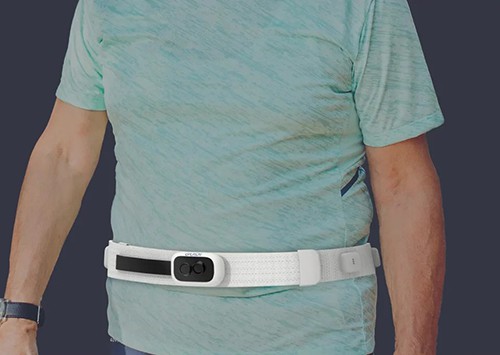 1. GUIDi by AI Guided
1. GUIDi by AI Guided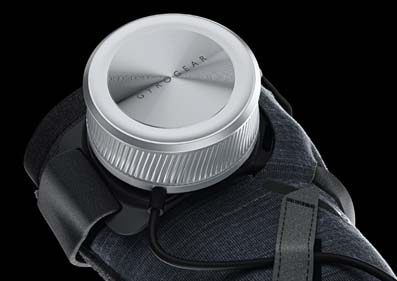 2. GyroGlove by GyroGear
2. GyroGlove by GyroGear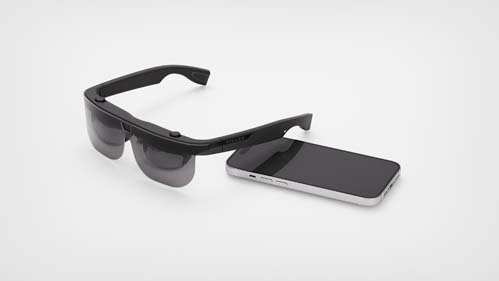 Honoree
Honoree 4. Dot Canvas by Dot
4. Dot Canvas by Dot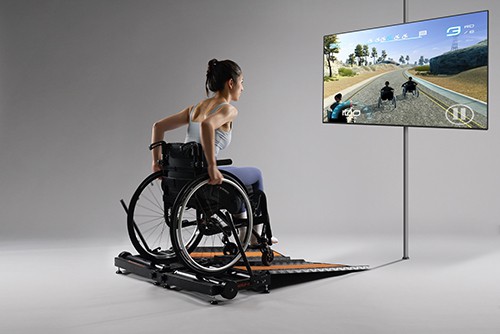 5. Wheely-X by Kangsters
5. Wheely-X by Kangsters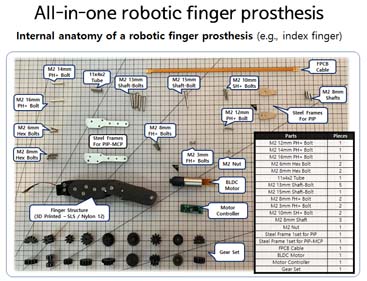 6. Mand.ro Mark 7D by Mand.ro Co.
6. Mand.ro Mark 7D by Mand.ro Co. Honoree
Honoree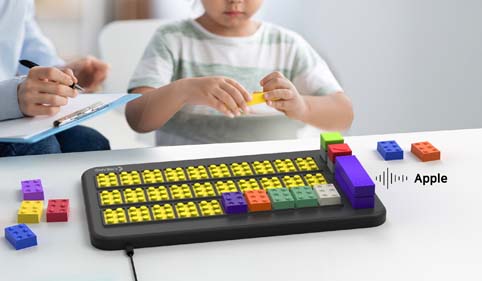 8. BraillePlus by CREAMO
8. BraillePlus by CREAMO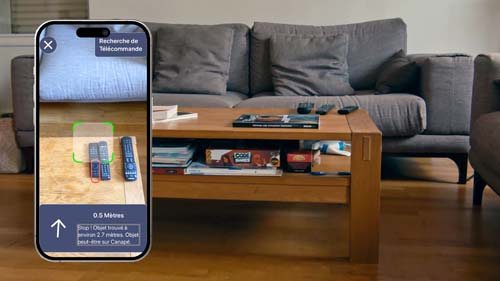 9. OOrion app by OOrion
9. OOrion app by OOrion 10. Whispp by Whispp
10. Whispp by Whispp 11. Genesis AI by Starkey
11. Genesis AI by Starkey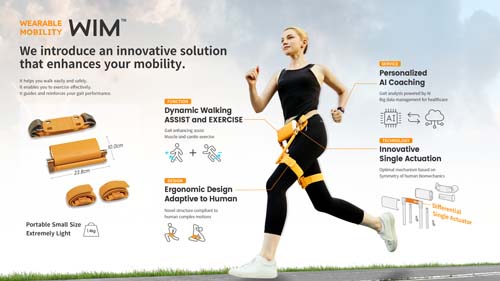 Honoree
Honoree 13. XanderGlasses by Xander
13. XanderGlasses by Xander